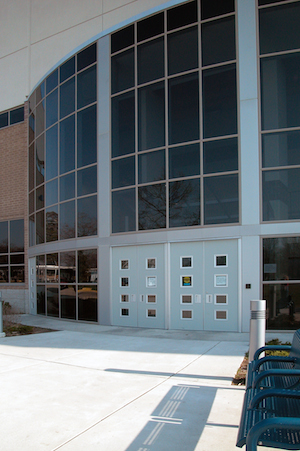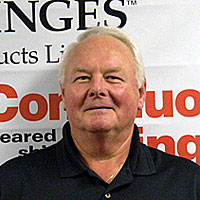It’s not enough anymore to have a “green” building. It’s now all about “high-performance buildings.” But what does that mean?
It has become the latest direction in how we need to think when designing new and redesigning existing buildings. And it goes beyond just “green” and/or LEED-certified. The trend is now to develop building components and systems to interact better with each other.
People-friendly buildings that occupants rate highly for comfort will become the standard, as will integrated, automated buildings that use smart analytics to achieve big efficiency gains. Integration means tying together things such as fan speeds, fire safety, landscaping, lighting and more. Designers and facility directors will need to consider how those systems interact with each other and with occupants.  They will also need to consider elements that were never a top priority in a green building — everything from fire and life safety, ADA compliance, communication plans and even artwork … along with product life cycle. After all, the longer a component lasts, the fewer resources are used because it needs replacing less often.
They will also need to consider elements that were never a top priority in a green building — everything from fire and life safety, ADA compliance, communication plans and even artwork … along with product life cycle. After all, the longer a component lasts, the fewer resources are used because it needs replacing less often.
The term “high-performance building” was officially defined at the federal level. The National Institute of Building Sciences explains that the Energy Policy Act of 2005 (Public Law 109-058) defines a “high performance building” as “a building that integrates and optimizes all major high-performance building attributes, including energy efficiency, durability, life-cycle performance and occupant productivity.” The Energy Independence and Security Act of 2007 adds to that definition environment, safety, security, accessibility, cost-benefit, sustainability, functionality and operational considerations. Also in 2007, President Bush signed Executive Order 13423 - Strengthening Federal Environmental, Energy, and Transportation Management (PDF) that includes federal goals for sustainable design and high-performance buildings.
Added to this performance push is the need to rein in costs as more owners and facility managers try to do more with less. Owners and managers will need to work more closely with building designers to gain a thorough understanding of where and how each item is valuable to achieving the ultimate goal of a high-performance building.
Have a high-performance-building issue you’d like to share? Leave a comment to let us know.






